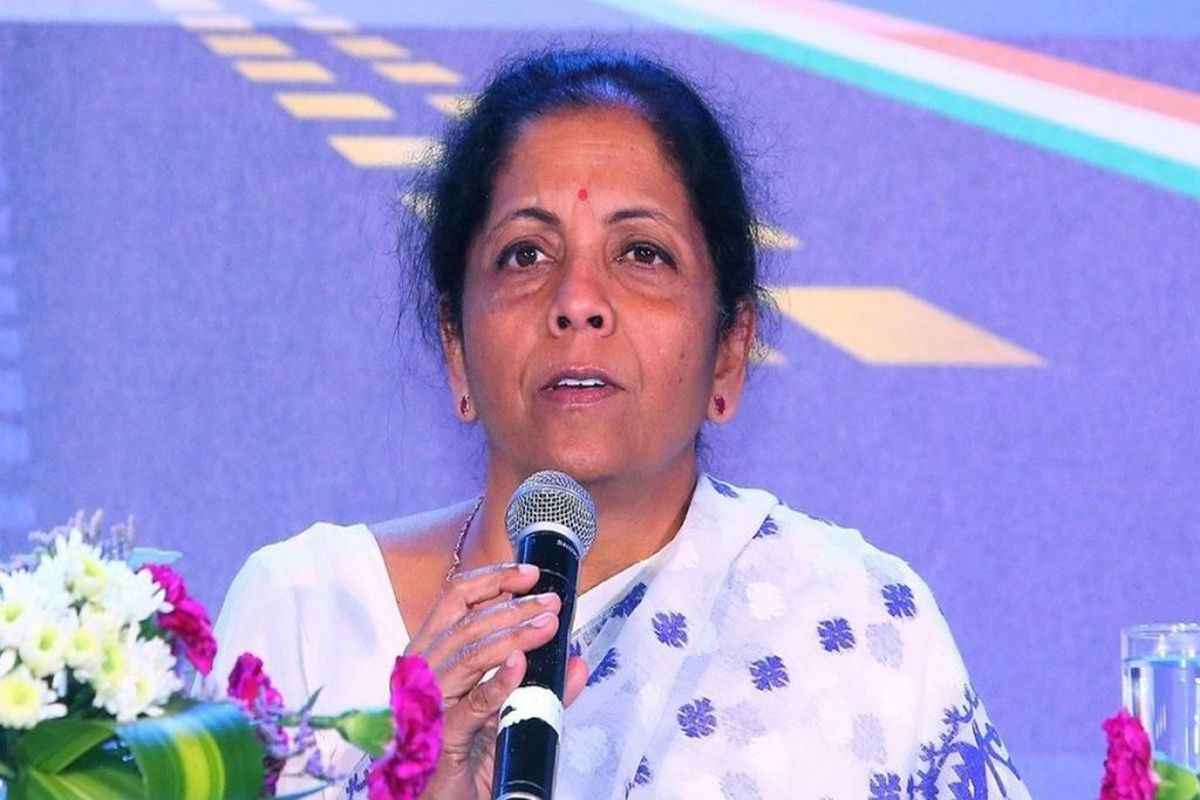Is India set to become the new beauty destination for global brands?
The Indian beauty market is estimated to reach $2.27 billion by 2028, with a CAGR of 10.91% during the forecast period (2023-2028).
Confirms had found even though the government may not make. Household consumer expenditure (the average monthly spend for a person) fell by 3.7 per cent to Rs 1,446 in 2017- 18 from Rs 1,501 in 2011-12 though the government may choose not to make the numbers public.

Union Finance Minister Nirmala Sitharaman. (Photo: IANS)
Not that official confirmation was needed about the economic straitjacket that India has been getting into but Nirmala Sitharaman’s reluctant admission that the economy was currently facing challenges, puts things out in the open.
Her guarded statement that it was too early to say if the slowdown had bottomed out may be an indication that even this ever-optimistic government is concerned.
Matters for the Modi administration are hardly helped by India’s retail price inflation rate going up to 4.62 per cent year-on-year in October 2019, the highest in upwards of a year, from September’s 3.99 per cent and exceeding market expectations of 4.25 per cent despite the continued ebb in consumer demand.
Advertisement
In any event, the worrisome indices on every score and the lived in grassroots-level experience of an under five per cent growth rate, which is economically stratifying to boot, is signal enough about the state of affairs even though senior cabinet ministers in the Modi government emphasize that “airports are full, trains are full, people are getting married” and, thus, all is well with the economy. Truth to tell, India’s gross domestic product has been in reverse gear for quite a while and, regrettably, the government stimulants have been applied at the wrong end.
The nettlesome issue has been on the consumption side with both farm and factory fronts sending in relentlessly gloomy accounts and telling indicators like electricity demand showing a precipitous fall alongside India’s infrastructure output. It contracted 5.2 per cent in September, the worst performance in almost a decade and a half. Worse, for the first time in four decades, consumer spending fell in 2017-18, thanks to shrinking demand from the countryside, as the early accounts of the consumption expenditure survey by the National Statistical Office suggest.
Confirms had found even though the government may not make. Household consumer expenditure (the average monthly spend for a person) fell by 3.7 per cent to Rs 1,446 in 2017- 18 from Rs 1,501 in 2011-12 though the government may choose not to make the numbers public.
Unhappy numbers from the Central Electricity Authority Electricity help place things in perspective with the dramatic drop in demand, the fastest in a dozen years, and power consumption falling by 13.2 per cent in October from a year ago.
The significant aspect is the demand slump in high-performing states such as Gujarat and Maharashtra. Maharashtra’s October power demand declined by 22.4 per cent, Gujarat’s by 18.8 per cent, Madhya Pradesh’s by 26 per cent, Karnataka’s by 25 per cent and both Andhra Pradesh and Telangana’s by 16 per cent, confirming the slowdown.
With the only aspect of the economy that the government had under control, inflation, now threatening to raise its head is rather ominous. Neither rhetoric nor distractions can help the administration paper over a price rise and its baneful impact.
Advertisement